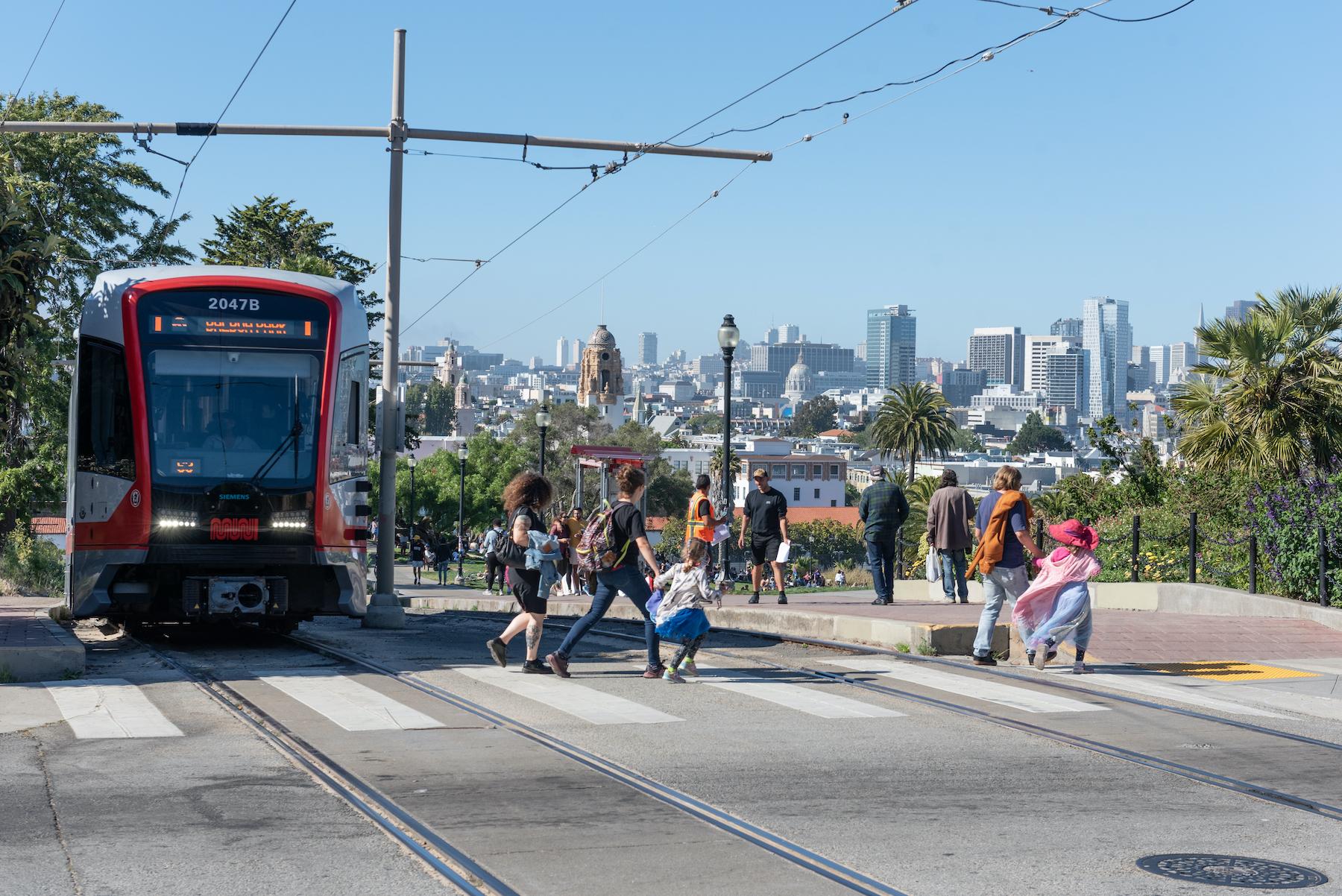SAN FRANCISCO – Mayor London N. Breed and the Department of Emergency Management (DEM) recently announced results from the Healthy Streets Operations Center (HSOC) street outreach efforts in 2023.
Through multiple operations across San Francisco during the year, HSOC delivered:
- 22% increase in people connected to shelter or housing – 1,553 people on the street vs 1,268 in 2022
- 14% increase in number of multi-day operations – 483 operations in 2023 compared to 432 in 2022.
In September, the U.S. Court of Appeals for the Ninth Circuit issued a clarification to their ruling allowing the city to resolve encampments when shelter is offered and available, and people still refuse. Prior to this, the city had limited ability to enforce the law while conducting street outreach.
Since that clarification from the courts:
- San Francisco saw a 17% reduction in tents – from 609 tents in a July 2023 count to 508 tents in November 2023.
Despite this work and leading with offers of services, outreach workers continued to run into those who rejected their offers of shelter. During the entire year, 64% of the people engaged with in encampments declined offers of shelter or reported already having shelter or housing. Still, the city will continue to send outreach teams out to offer support and services and to enforce local laws. Under current law, if a legitimate offer of shelter is given and rejected, people cannot remain in tents where they are.
In addition to the over 1,500 people helped into shelter directly from the street by city street encampment teams, thousands of others accessed shelter or housing through other means.
- San Francisco currently shelters more than 3,600 people per night and is continuing to expand capacity.
- Since November, San Francisco has opened hundreds of more shelter beds that have helped provide more resources for those on our streets.
- The Department of Homelessness and Supportive Housing has a launched a new program called Street to Home, which bypasses barriers to place people living on the street directly into available housing.
In addition to shelter and emergency resources, San Francisco also has expanded housing slots in the city by 50% since Mayor Breed took office in 2018. This expansion has helped over 13,000 households exit homelessness through city programs including direct housing placements and relocation assistance.
“San Francisco is a compassionate city that will always lead with a services-first approach, but we also can’t allow people to deteriorate on our streets when we have a place for them to go,” said Mayor Breed. “We have worked to expand our street outreach efforts to bring people indoors into the city’s system of care, despite the challenges we have been facing that has limited our outreach efforts. I want to thank all of the city teams who are out there working hard every day in our neighborhoods to connect people to services and keep our streets safe and clean.”
“I am humbled seeing the work our HSOC colleagues have done this year, day in and day out,” said Mary Ellen Carroll, executive director of the Department of Emergency Management. “In the new year, I look forward to the HSOC team continuing to lead with compassion while helping our unsheltered neighbors get off the streets and into shelter, housing or reuniting with their chosen family.”
How street outreach works
Led by HSOC and DEM, the city’s street outreach efforts involve the work of various agencies to include the Departments of Homelessness and Supportive Housing (HSH), Public Works (DPW), Public Health (SFPDH), the San Francisco Fire Department (SFFD), the San Francisco Police Department (SFPD), and the San Francisco City Attorney’s Office.
The single goal for encampment operations is to respond to encampments by offering help to the people in them. Service teams work with people prior to street outreach operations to proactively assess housing and shelter needs, in addition to other resources that require referrals. During encampment operations, a team spends time in encampment areas and people are offered shelter, safe sleeping sites, and other services.
Praise for HSOC
Joe is a 61-year-old veteran who has been homeless off and on for many years. In August, the HSOC team encountered Joe at 6th and Harrison in a tent during an encampment resolution. The team spent time assessing his medical condition and interest in housing. When he was offered a permanent housing spot through the newly launched Street to Home pilot, he immediately said yes. A Coordinated Entry housing assessment was completed to ensure that Joe was qualified for the program. Days later, Joe was transported to his new home at the Le Nain Hotel (a placement for adults 60 years and older) where he signed his lease and got a permanent placement. He remains permanently housed and HSOC reports no further encounters with Joe since his placement.
Bob F., a property manager in the Bayview, had a growing encampment around his and several neighbors’ properties. They alerted city officials to the growing problem, including unnavigable streets due to large structures, RVs, and trash. HSOC assessed and resolved the situation.
“It briefly gave us optimism, since we’re way down here mostly out of sight,” said Bob. “But seeing these results and the promise of more to come, I couldn’t be happier with the job David and HSOC is doing.”
HSOC teams work five days per week providing a coordinated city response to unsheltered persons experiencing homelessness, individuals with serious behavioral health needs, encampments, street cleanliness and related public safety issues to ensure San Francisco’s streets are healthy for everyone. The city’s street outreach progress can be found at https://www.sf.gov/data/healthy-streets-data-and-information?_gl=1*1kfw28o*_ga*MjkwMDQ1MjQ4LjE2NTM2MDYzMDY.*_ga_BT9NDE0NFC*MTcwNDkyNjE5Mi4zMzUuMS4xNzA0OTI5MTY2LjAuMC4w*_ga_63SCS846YP*MTcwNDkyNjE5Mi4yNDYuMS4xNzA0OTI5MTY2LjAuMC4w.






